 |
| Chairing the workshop (from left to right): Deputy Head of the Provincial Party Committee's Propaganda and Mass Mobilization Commission, Chairman of the UNESCO Club for Research and Conservation of Phu Yen Antiquities Tran Thanh Hung, Vice Chairman of the National Cultural Heritage Council - Prof. Dr. Nguyen Van Kim and Deputy Director of the Department of Culture, Sports and Tourism Nguyen Le Vu. Photo: YEN LAN |
In order to comprehensively and comprehensively assess the value of Quang Duc ceramic cultural heritage, thereby proposing solutions to preserve and promote the value of Quang Duc ceramic cultural heritage associated with tourism development in the coming time, the Department of Culture, Sports and Tourism organized a workshop on Preserving and promoting the value of Quang Duc ceramic cultural heritage.
Attending the workshop, Prof. Dr. Nguyen Van Kim, Vice Chairman of the National Cultural Heritage Council, along with scientists and experts from Ho Chi Minh City, Quang Ngai, Binh Dinh, Ninh Thuan, Phu Yen and representatives of relevant agencies and units contributed many valuable ideas.
Of nearly 20 reports by scientists, experts, and managers, 7 were presented at the workshop, along with the opinions of researchers, delegates, etc., creating an overview of Quang Duc pottery, while providing scientific and practical perspectives, as a basis for effectively preserving and promoting the value of Quang Duc pottery cultural heritage in the coming time.
COMRADE TRAN THANH HUNG, DEPUTY HEAD OF THE PROVINCIAL PARTY COMMITTEE'S PROPAGANDA AND MASS MOBILIZATION COMMITTEE, CHAIRMAN OF THE UNESCO CLUB FOR RESEARCH AND CONSERVATION OF PHU YEN ANTIQUES: Ancient Quang Duc artisans created a line of household ceramic products with high aesthetic value.
Research on archaeology and some remaining ancient relics in Phu Yen shows that at least Quang Duc pottery village was formed around the late 17th and early 18th centuries.
This is one of the traditional craft villages formed quite early in Phu Yen, associated with the relics of ancient citadels that still exist today such as Hoi Phu citadel - the capital of Phu Yen from 1629-1836, An Tho citadel - the capital of Phu Yen from 1836-1899.
While ancient ceramic centers in Binh Dinh province are often located around ports or along the banks of the Kon River, artisans from Quang Duc pottery village chose a similar geographical location, the lower reaches of the Cai River (Ngan Son River), which is convenient for transporting raw materials and fuel for making ceramics and bringing products to be consumed everywhere by waterway.
Regarding the manufacturing method, according to the late artisan Nguyen Thinh, Quang Duc pottery was made from clay in An Dinh, using blood cockles from O Loan lagoon in the firing process as an “additive”, burned mainly with local Lagerstroemia wood and transported from Ky Lo in Dong Xuan district by waterway on Cai River.
The artistic value of Quang Duc ancient glazed ceramics is mainly expressed through two aspects: shaping and glazing. With their own characteristics and manufacturing techniques, ancient Quang Duc artisans produced a line of household ceramic products with high aesthetic value, which were welcomed and honored domestically and internationally very early.
One factor that has contributed to the popularity of Quang Duc ancient pottery is the distinctive characteristics of the shell-glazed pottery and the colorful glazes that no two products are alike.
In the world, the use of seashells to increase the temperature of the kiln during the firing process has appeared quite early. However, the use of blood cockles as an “additive” to create a fire transformation phenomenon during the firing process, creating many colors for the product, is only found in ancient Quang Duc pottery.
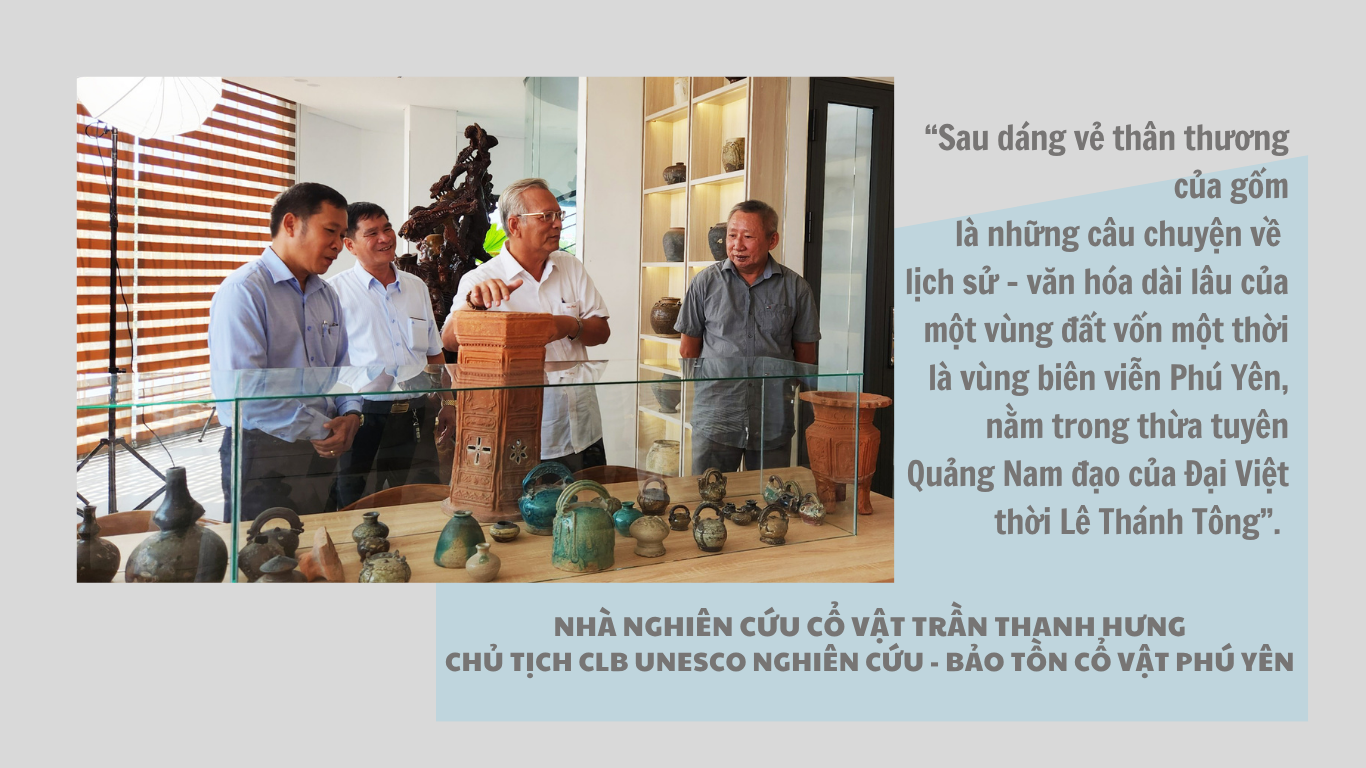 |
| Design: YEN LAN |
MR. PHAN DINH PHUNG, FORMER VICE CHAIRMAN OF PHU YEN PROVINCE PEOPLE'S COMMITTEE: Our ancestors left behind for posterity ideas and lessons... through cultural heritage.
Through the ups and downs of life, the Quang Duc ceramic heritage may still exist somewhere, buried in the ground, in the riverbed, in the seabed, but it has never and certainly will never be buried in people's hearts!
We propose that the Department of Culture, Sports and Tourism propose to the province to pay attention to investing in systematic, methodical and comprehensive research on Quang Duc ceramic cultural heritage. And we must research in the space of cultural heritage so that we can have a comprehensive and complete view and know how to preserve and promote it.
Otherwise, if we only look at one angle, one aspect, it may not meet the requirements. Quang Duc ceramics is first and foremost a commodity product. Wherever there is a market, there are Quang Duc ceramic products, that is the space of Quang Duc ceramics.
As we know, our ancestors always leave their thoughts, lessons and examples to posterity through cultural heritage. In my opinion, we must put the value of Quang Duc ceramic cultural heritage in a different perspective, not only as an antique, a hobby… but also as a symbolic meaning.
If it is a typical cultural heritage, what message must it have? It is a message about the desire for development, the desire for creativity. I think that Quang Duc ceramic heritage converges that. And Quang Duc ceramics itself contributed to the economic development of Phu Yen in important historical periods.
Assoc.Prof.Dr.Dang Van Thang, Member of the Antiquities Appraisal Council, Ministry of Culture, Sports and Tourism: Quang Duc pottery is unique and very strange.
Quang Duc pottery in Phu Yen is a unique and very strange type of pottery compared to ancient pottery in other places in Vietnam. Through research on Quang Duc pottery artifacts, it can be seen that Quang Duc pottery has 3 types: terracotta pottery, blood cockle glaze pottery and glazed pottery (possibly blood cockle glaze and other glazes).
These three types can represent three different production stages of Quang Duc pottery, lasting from the 17th century to the present. Using blood cockles as glaze is a unique creation of the residents of Quang Duc pottery village. Making sunken and raised patterns on pottery can be learned from Champa pottery in Binh Dinh.
Quang Duc pottery was discovered by researchers in the late 20th century and since then there have been many research and collection campaigns of Quang Duc pottery by some people, especially the staff at Phu Yen Museum.
From those studies, Phu Yen Museum has an exhibition called "Imprints of an ancient ceramic line", taking place from November 23 to December 31, 2023.
However, studying and researching Quang Duc pottery is just the beginning. There needs to be a scientific research program, a conservation plan and a project to promote Quang Duc pottery in a more specific and effective way.
According to research, Quang Duc pottery village flourished from the 18th, 19th to the early 20th centuries. The products of this craft village were not only consumed in Phu Yen but also followed traders to many other localities. Many Quang Duc pottery products have been discovered in the Central Highlands provinces. In addition, salvage surveys in rivers in the South have also found Quang Duc pottery products. Quang Duc pottery artifacts are displayed in many provincial and municipal museums and are present in private antique collections.
Since the mid-20th century, due to many reasons, Quang Duc pottery village has gradually disappeared. The techniques and secrets of pottery making have been lost, the place that used to be a craft village no longer has pottery kilns, and there are no longer craftsmen to maintain the pottery making profession.
Realizing that Quang Duc pottery is a typical pottery line of the locality, Quang Duc pottery products are valuable cultural heritage, for many years, the province's professional agencies and some individuals have made many efforts in collecting, preserving, promoting the value of Quang Duc pottery cultural heritage and have achieved certain results.
DR. LUONG CHANH TONG, UNIVERSITY OF SOCIAL SCIENCES AND HUMANITIES (VNU-HCM CITY): There should be a comprehensive research program on Quang Duc pottery.
Archaeological research materials in Quang Duc pottery village are very important. However, the uniqueness and diversity of Quang Duc pottery products in the collections are the quintessential products, selected from the contemporary market, cherished and preserved by many generations to this day, most of which are still in intact condition, containing many values, contributing to supplementing documents as well as awareness of Quang Duc pottery products in many different aspects.
To contribute to promoting, preserving and developing the value of Quang Duc ceramics, we should have a comprehensive research program on Quang Duc ceramics, then gradually publish them in scientific publications and publications that introduce the cultural quintessence of a unique ceramic line in the history of Vietnamese ceramics, serving the purpose of learning, researching, collecting, preserving and promoting the value, contributing to identifying, determining the origin, giving Quang Duc ceramics a worthy position compared to the embodied value in museum collections, relics or private collections.
Source: https://baophuyen.vn/xa-hoi/202506/nhan-dien-gia-tri-di-san-van-hoa-gom-quang-duc-de-bao-ton-phat-huy-bb802eb/




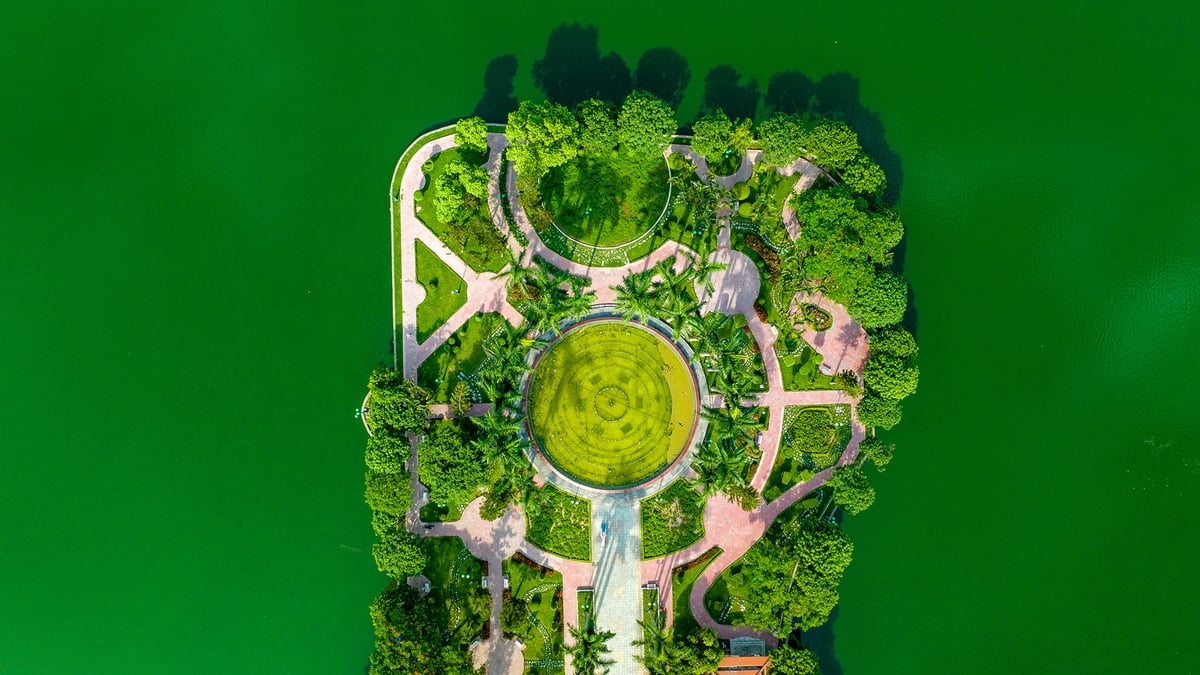



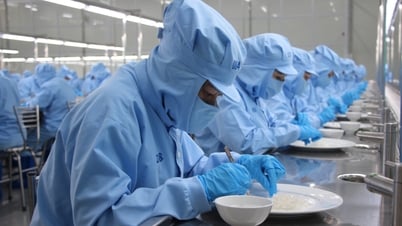

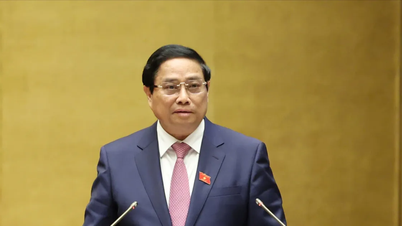


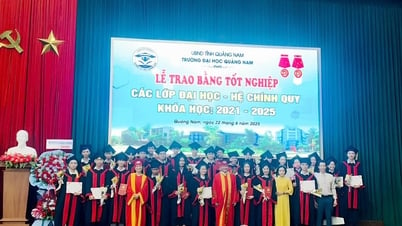



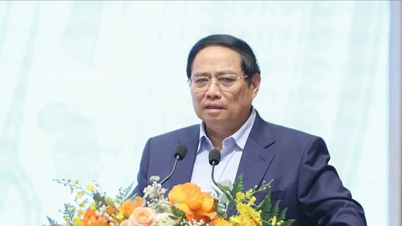




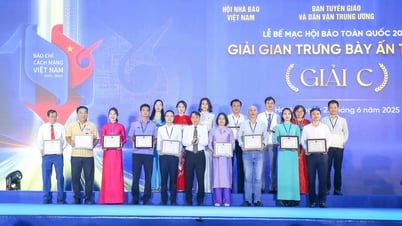
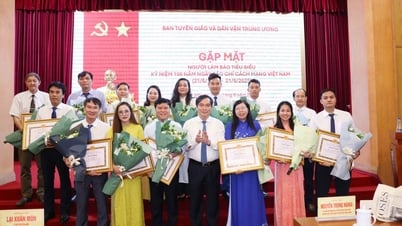

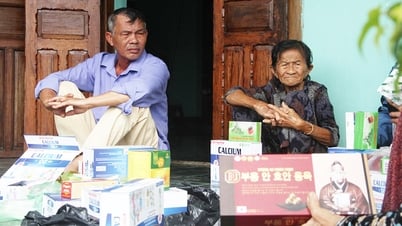
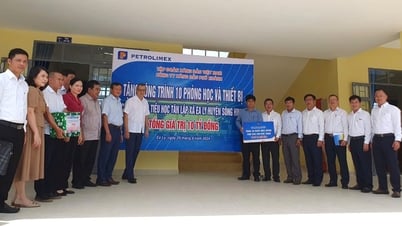
















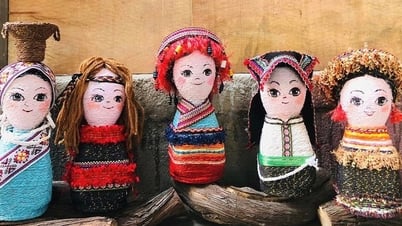









![[Maritime News] Wan Hai Lines invests $150 million to buy 48,000 containers](https://vphoto.vietnam.vn/thumb/402x226/vietnam/resource/IMAGE/2025/6/20/c945a62aff624b4bb5c25e67e9bcc1cb)









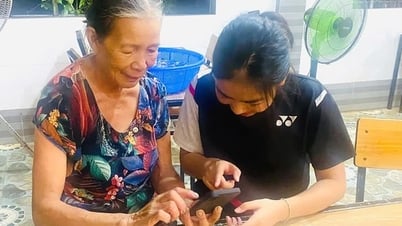


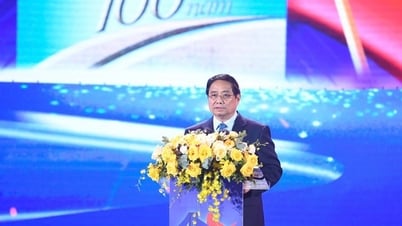

![[Infographic] Party Committee of the Ministry of Culture, Sports and Tourism: Marks of the 2020 - 2025 term](https://vphoto.vietnam.vn/thumb/402x226/vietnam/resource/IMAGE/2025/6/22/058c9f95a9a54fcab13153cddc34435e)




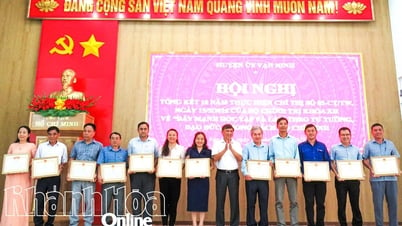


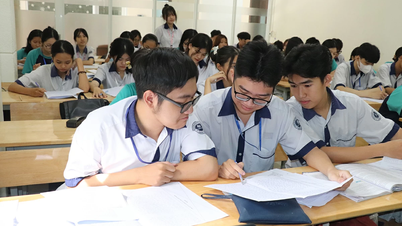
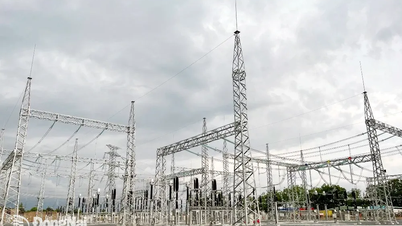









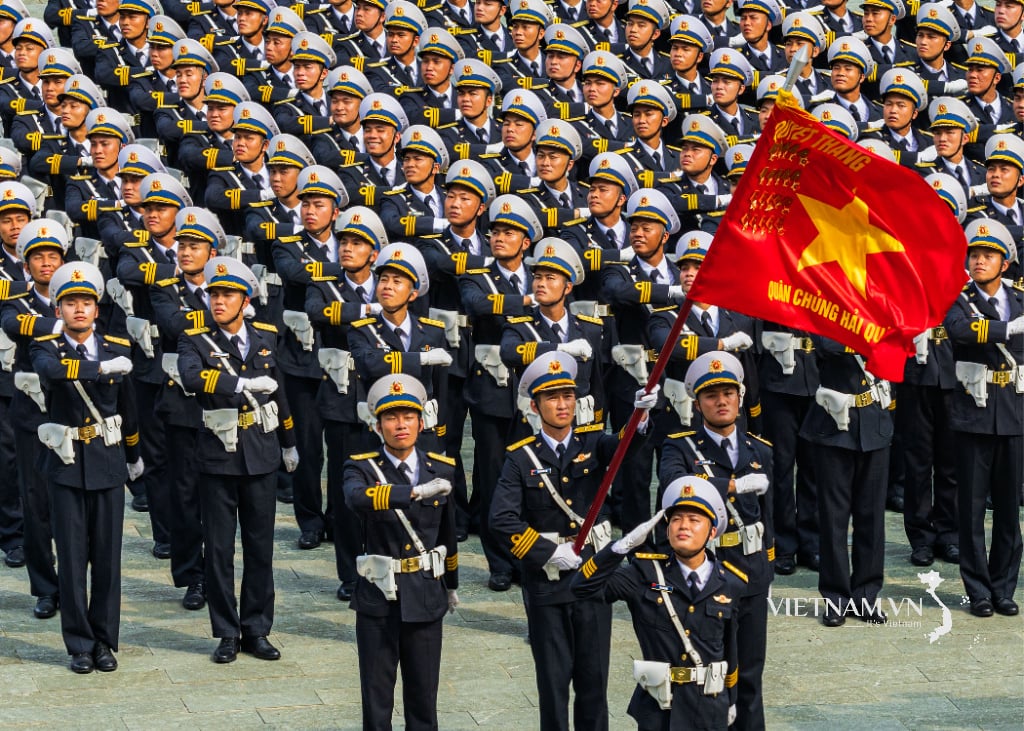

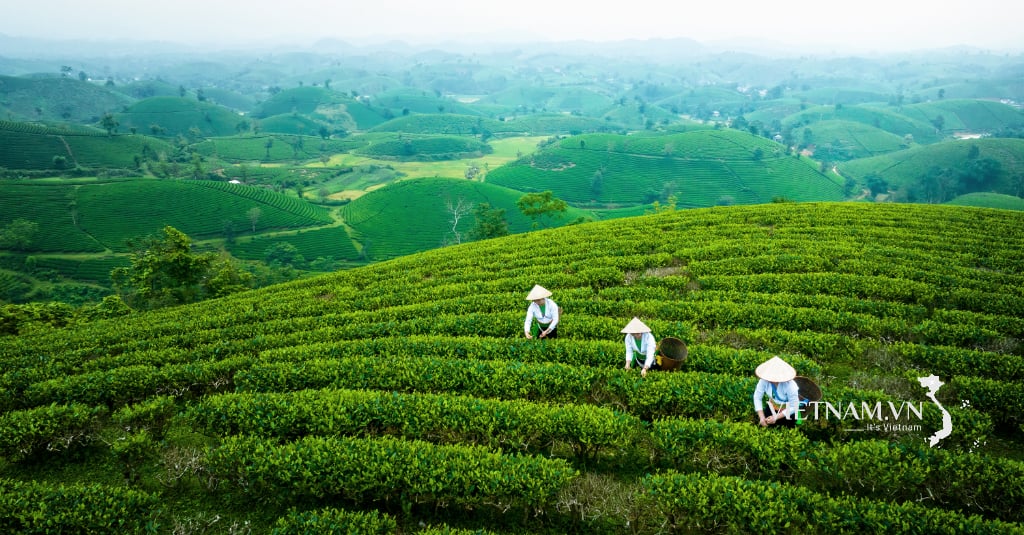

Comment (0)